Horticulture Students Take a Walk on the Wild Side
Botanic Garden - Leaflet
Leaflet 2020
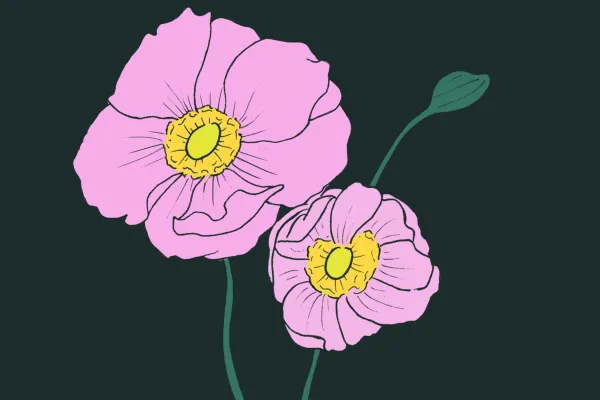
Published June 5, 2021
Each fall, students put the campus to good use in BIO 123: Plants in the Landscape. Over the course of the semester, they document their study through the creation of field guides. Ada Comstock student, Zoe Rayner AC '22, shares just a few illustrations that capture the annuals, perennials, vines, and trees she encountered across campus.
Zoe Rayner is a freelance illustrator and student currently completing her B.A. in Art History at Smith College through the Ada Comstock Program. While she grew up in Western MA, she has lived and traveled in many countries-including Bangladesh, Italy, and Ireland-and both her art and direction of study are inspired by the visual richness of different cultures, geographies and time periods. Natural patterns and floral motifs feature heavily in her art, a testament to her love of nature and the endless variety of imagery it provides. In addition to illustration, her academic interests include material and visual culture, art conservation, and museum curation.
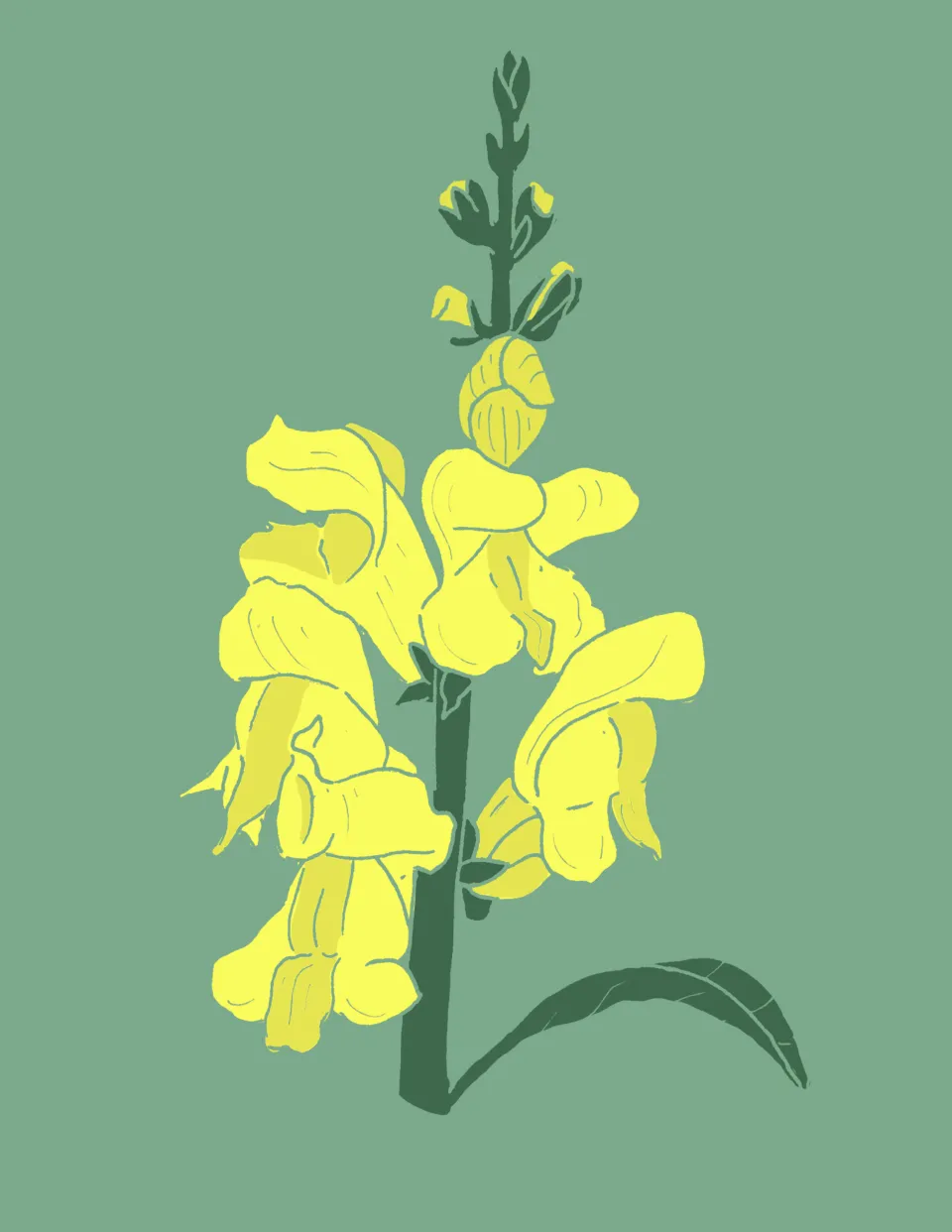
Snapdragon/Antirrhinum majus
Raceme inflorescence. Tube-shaped flowers resembling dragon heads, with fused petals. Do best in well-drained moist soil. Come in a variety of heights that make them versatile for various plantings.
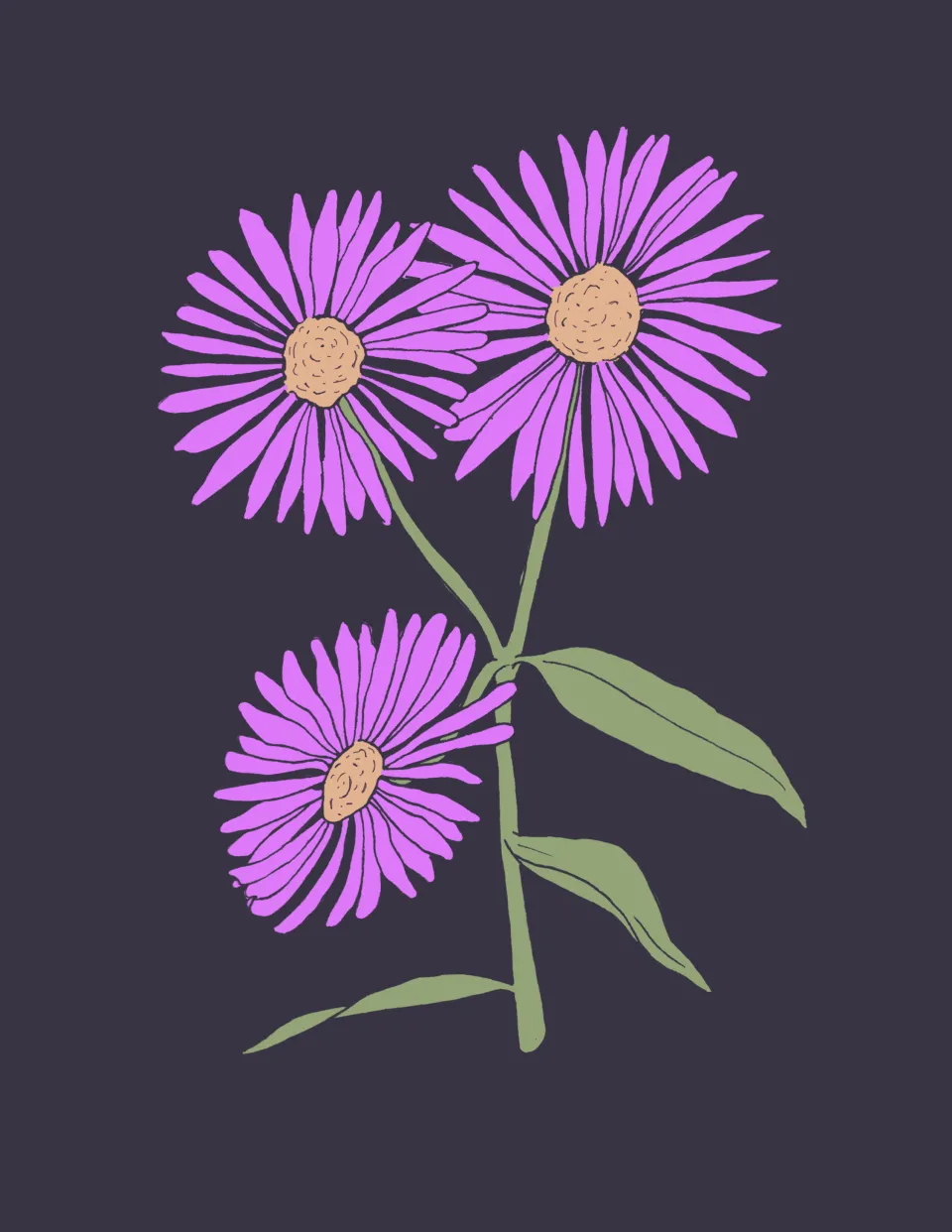
Aster/Aster novae-angliae
Purple, daisy-like flowers with yellow centers, forming a panicle inflorescence. Green leaves are lanceolate and alternate. Large, showy, late-summer bloomer. Attracts pollinators.
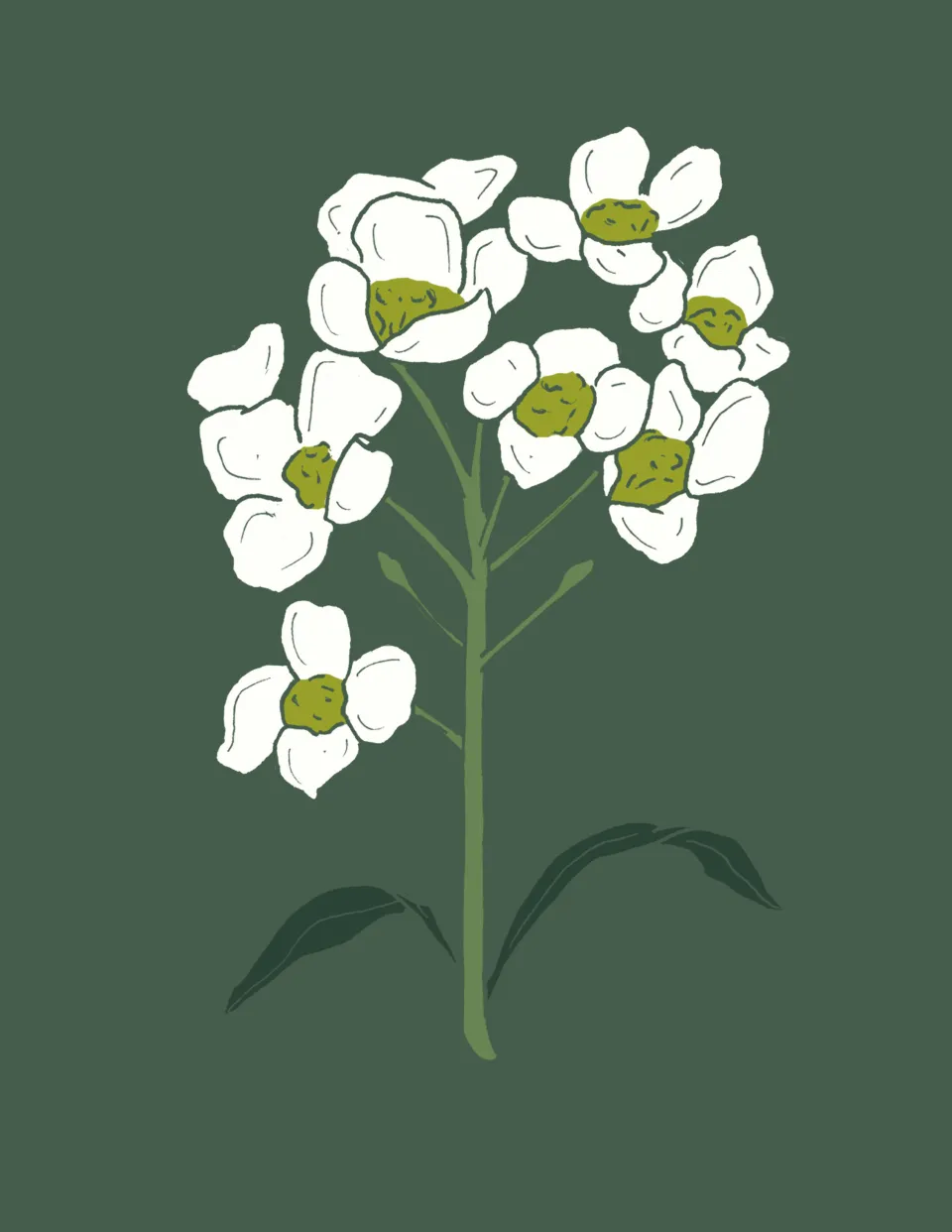
Sweet Alyssum/Lobularia maritima
White or purple flowers, each with four petals. Raceme inflorescence. Green leaves are lanceolate. Grows in spreading clumps. Heat and drought tolerant, do well in borders, planters, and rock gardens.
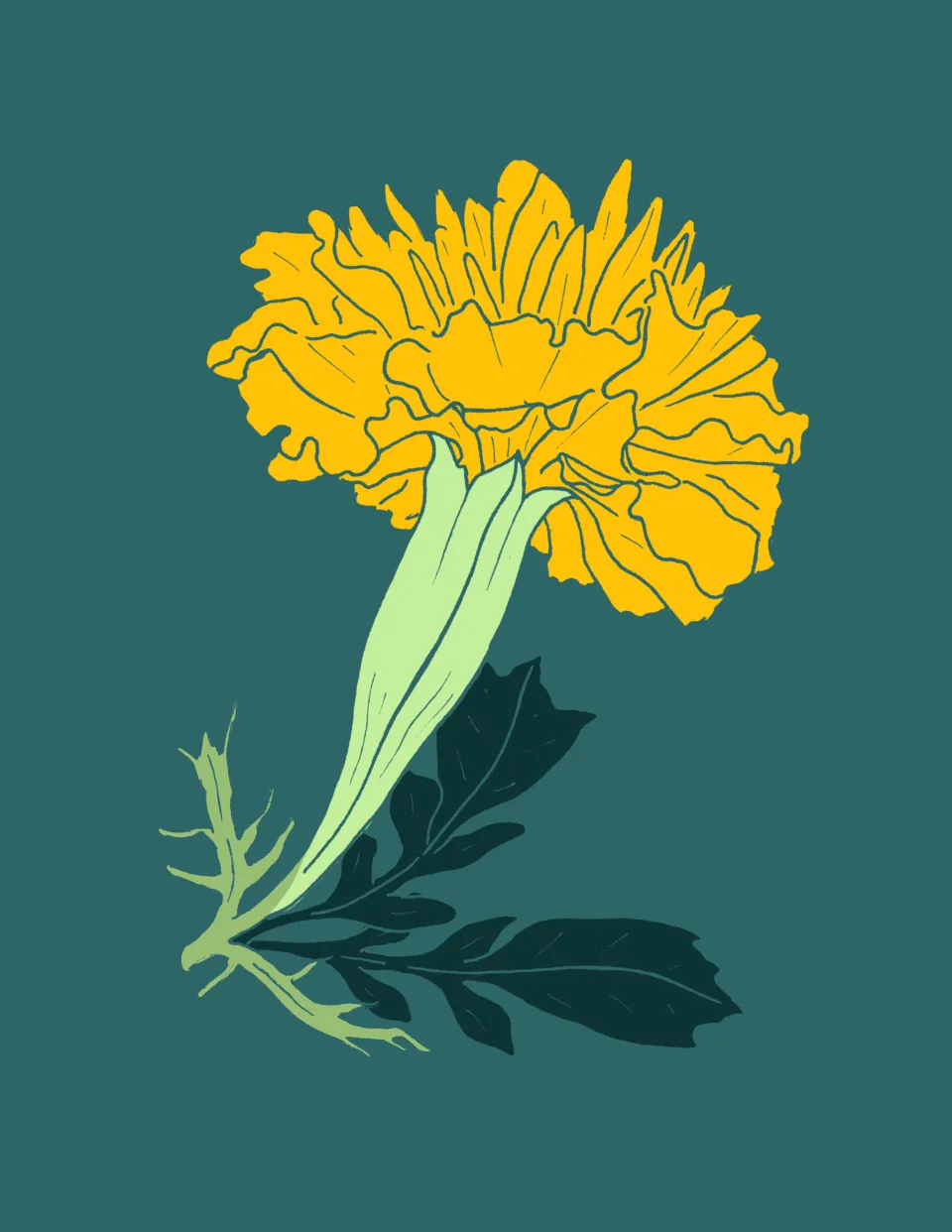
French Marigold/Tagetes patula
Green, compound, opposite, oblong leaves with dentate margins. Composite flowers that can be yellow, oranged, red, or a mix. Easy to grow in full sun, adding bright, colorful interest to garden beds.
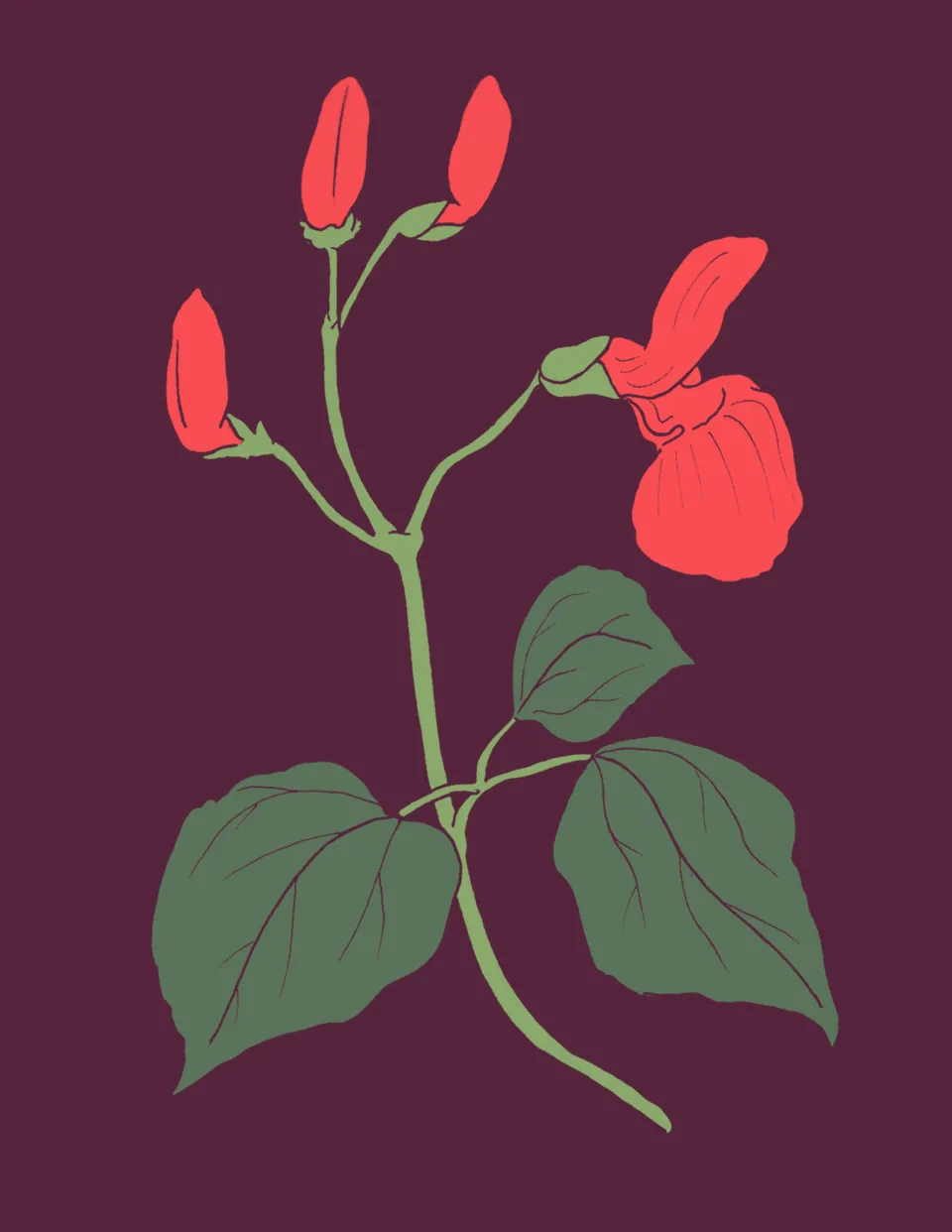
Scarlet Runner Bean/Phaseolus coccineus
Showy, red-orange flowers, with distinct protruding petals, open in the morning and close at sunset. Leaves are compound with three ovate leaflets. Produces long, edible beans and prefers full sun. Ideal for a trellis, fence, or privacy screen.
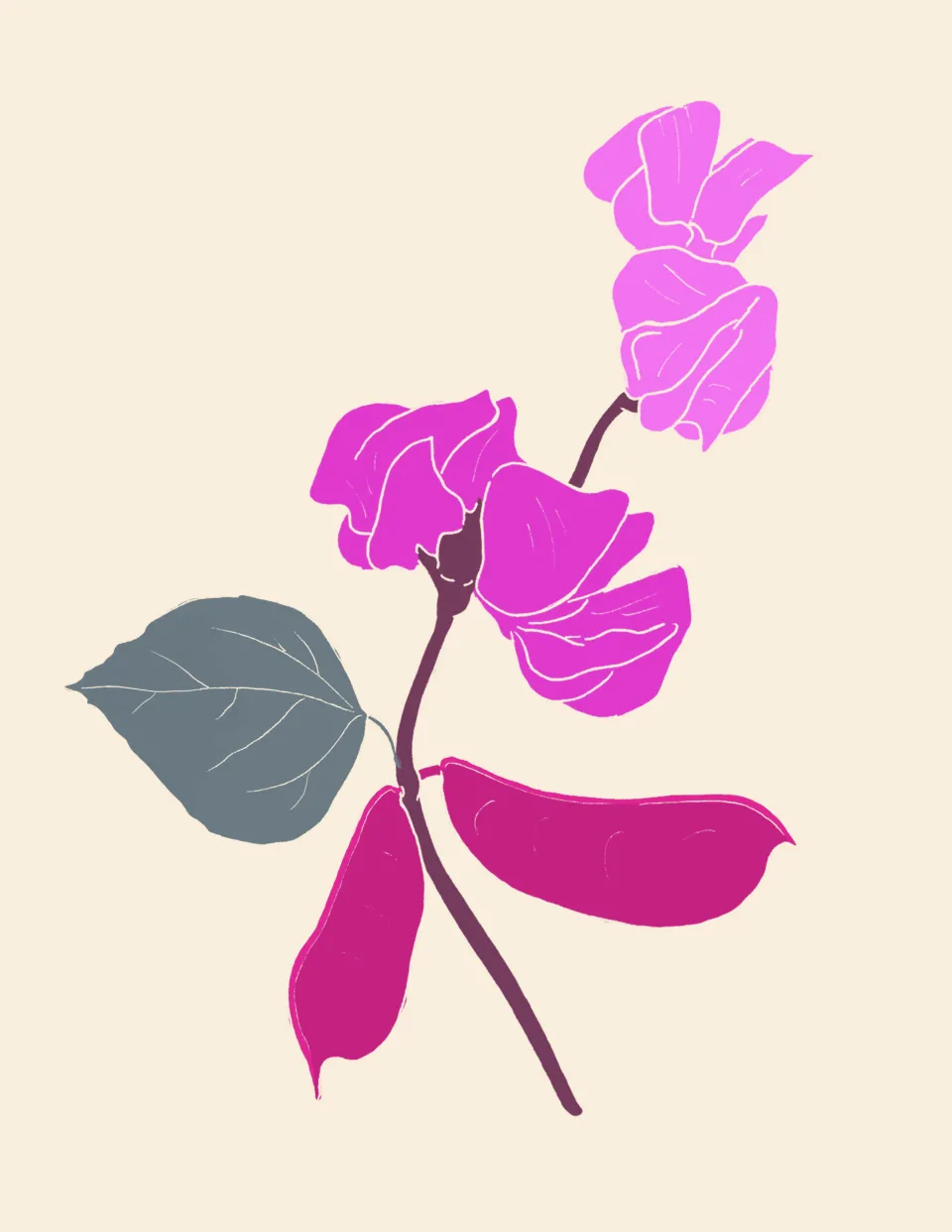
Hyacinth Bean/Lablab purpureus
Purple, pink or white flowers in a clustered spike inflorescence. Purple stems and vibrant peapods. Leaves are compound, alternate and ovate. Late summer bloomer with a twining, climbing habit. Mature cooked seeds are edible. Does well on a trellis or fence.

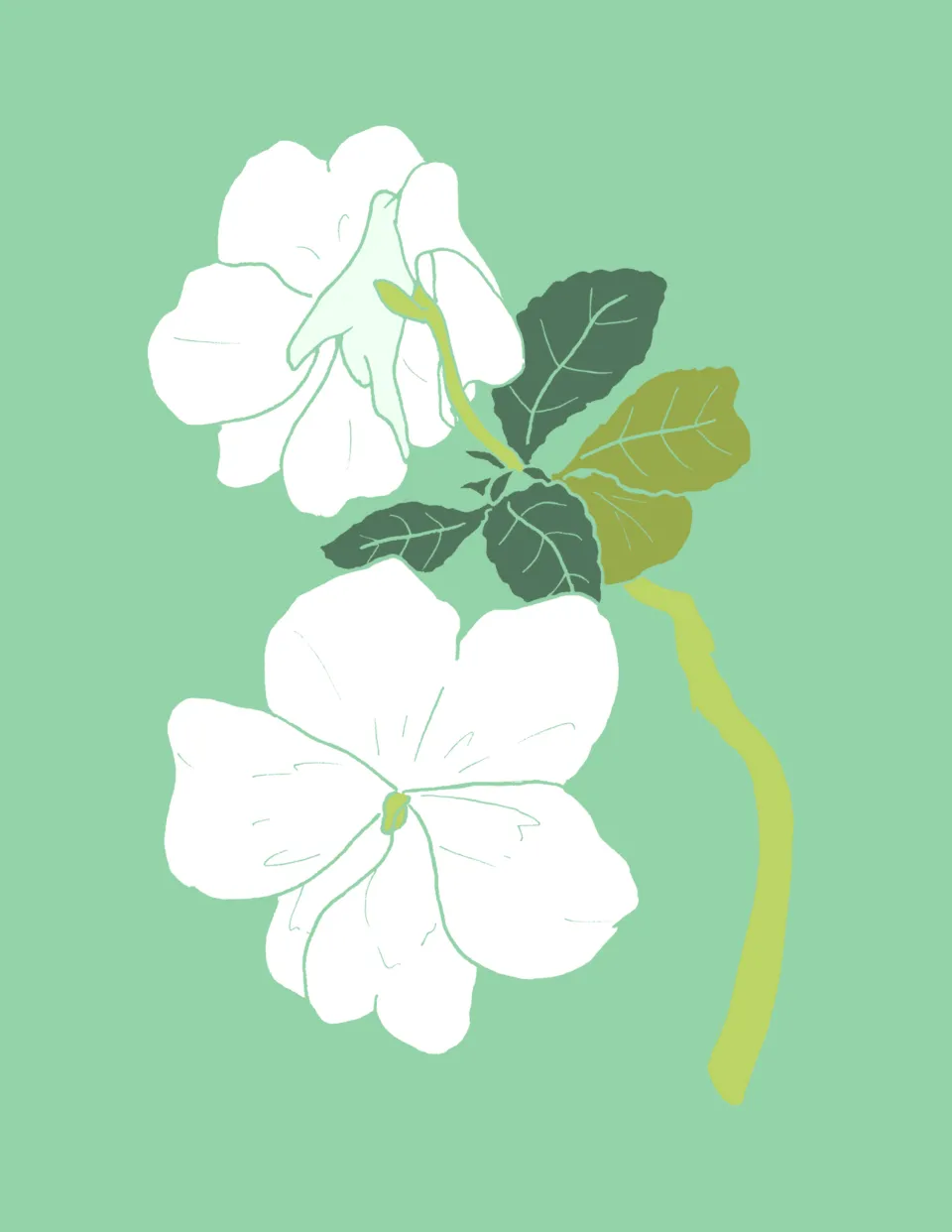
Impatiens/Impatiens walleriana
Pink, purple, red or white flowers, each with five petals and connected to a single pedicel. Green leaves are opposite and ovate. Low- maintenance, does well as a bedding annual, container plant or houseplant.
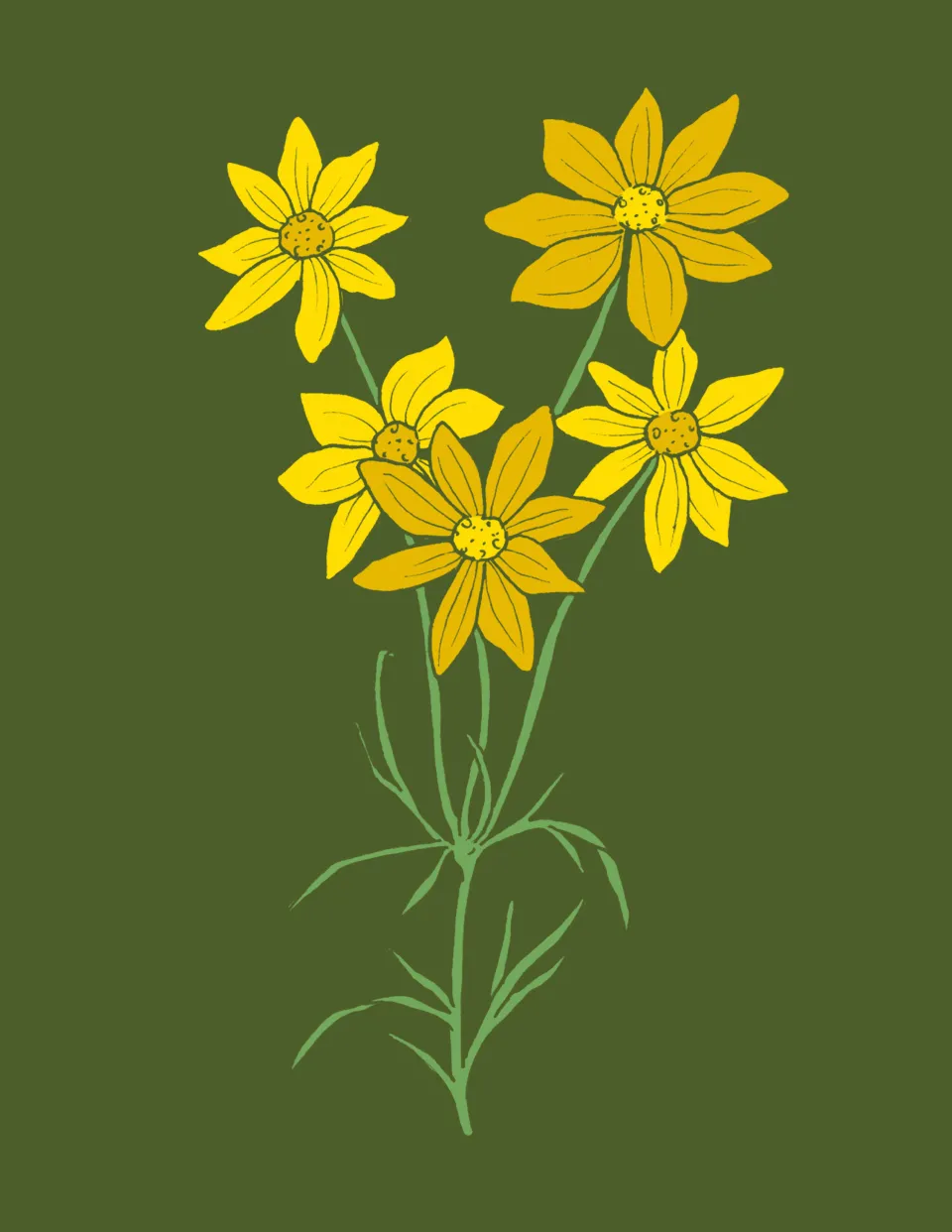
Tickseed/Coreopsis verticillata
Dense, clumping habit. Yellow, composite, daisy-like flowers forming a cyme inflorescence. Leaves are opposite palmate with long, thin segments, creating a lacy overall effect. Drought tolerant, do well in sunny borders.

Japanese Anemone / Anemone x hybrida ‘Honorine Jobert’
Simple, delicate flowers, typically white or pink. Leaves are compound and palmate. Clumping habit, low-maintenance. Suited for mass plantings or for the middle or back of borders. Bloom late summer-early fall, helping with seasonal transition of gardens.